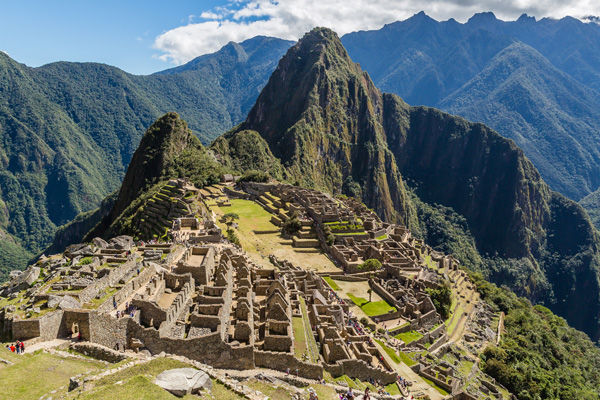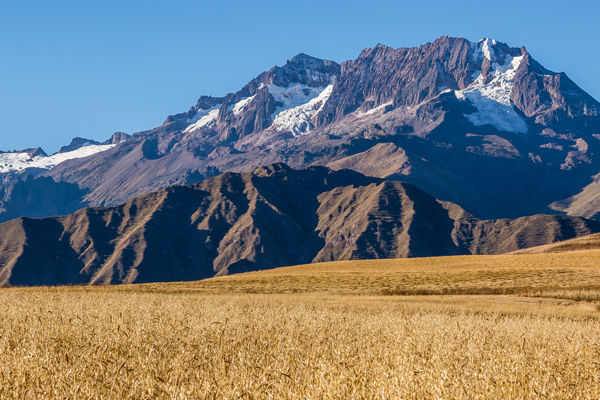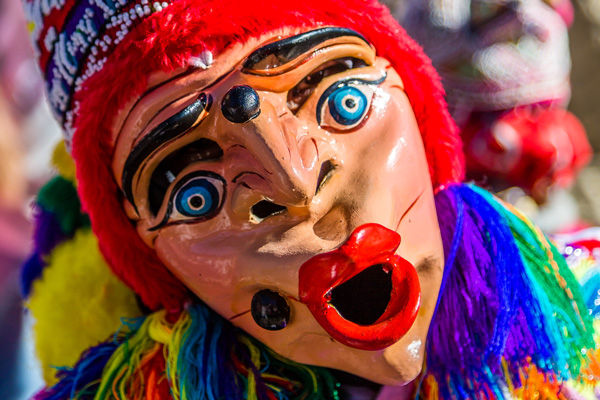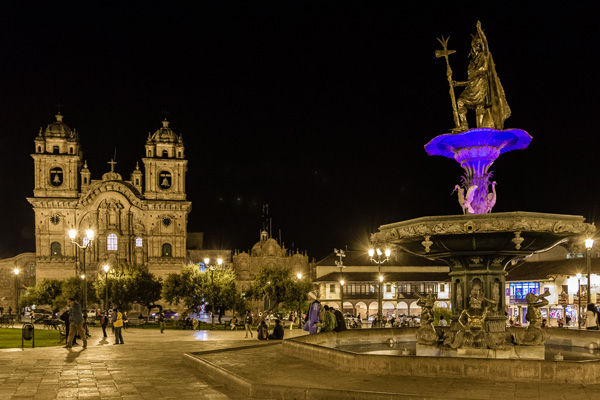Peru

Machu Picchu
One of the Seven Wonders of the World, Machu Picchu was built in the 1400s for the Incan emperor Pachacuti but was abandoned in the 1500s during the Spanish Conquest (and the Spanish never found it). It remained hidden to foreigners until the early 1900s when a local guided American Hiram Bingham to the site.

Sacred Valley
The Sacred Valley, also known as the Urubamba Valley, is home to Machu Picchu. After staying in Urubamba, we took the train from Ollantaytambo up to Machu Picchu - train is the only way to get up there other than hiking the Inca Trail. You stay in the town of Machupicchu (formerly known as Aguas Calientes) which is a short shuttle ride up a series of switchbacks to Machu Picchu itself.

Corpus Christi Festival
By sheer chance, we happened to be in Cusco for the Corpus Christi Festival, one of the largest religious events in Peru. People from different parishes will carry statues of saints for miles to Plaza de Armas and parade them around the plaza before leaving them at the Cusco Cathedral for a week.

Cusco
In between pisco sours, had the time to check out Plaza de Armas, San Pedro Market, Almudena Cemetery, and the ruins of Sacsayhuaman.

Lima
A very quick stop at the end of the trip, just enough time for some ceviche and a tour around the historic center near the Cathedral of Lima.